- Filter By:
-
-
Stock photos and images of username:Custo609
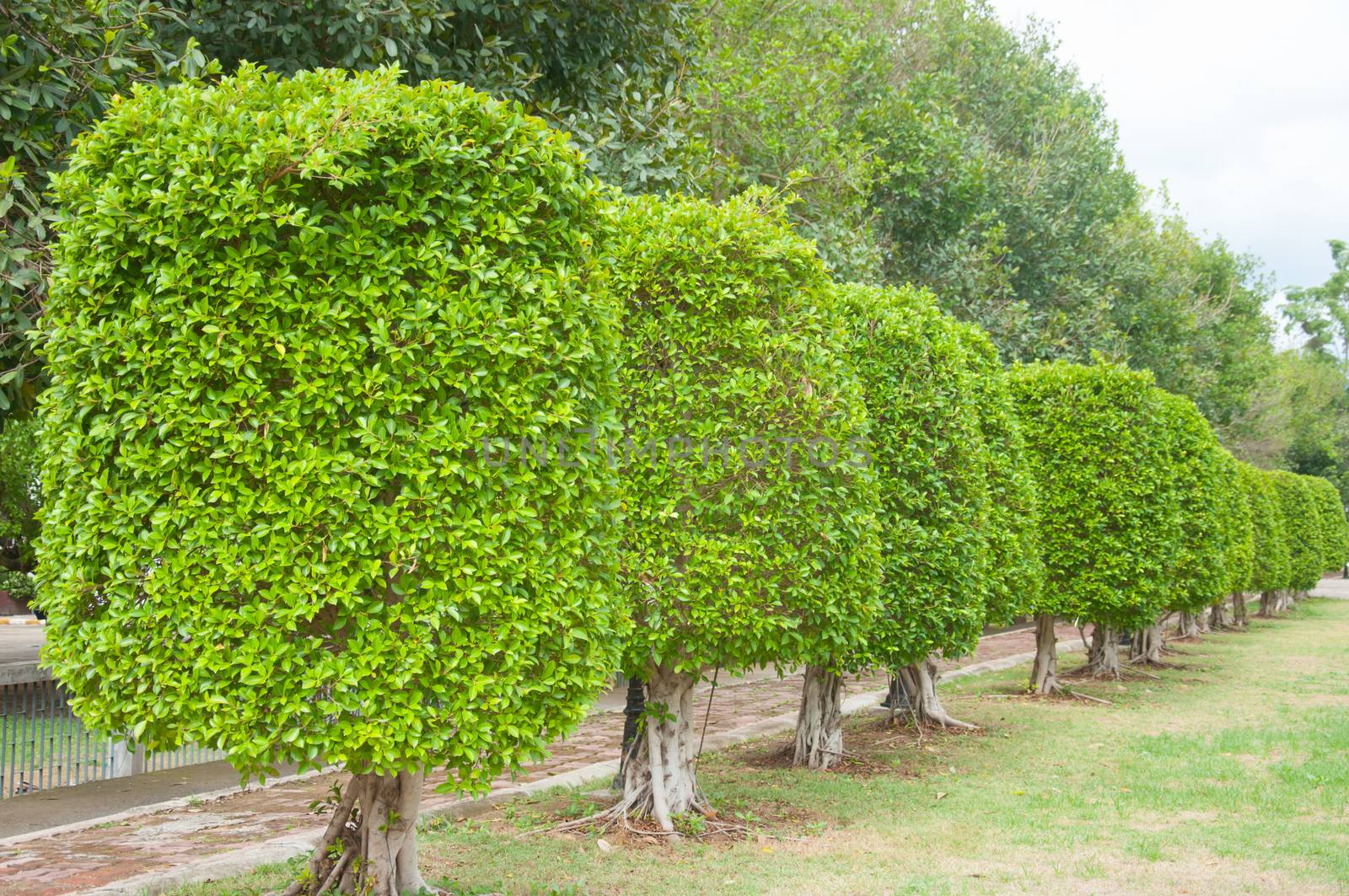
Green plant
Stock PhotoUsername
Custo609Resolution
4288x2848pxGreen plant


Row white urinals in men's toilet
Stock PhotoUsername
Custo609Resolution
4288x2848pxRow white urinals in men's toilet

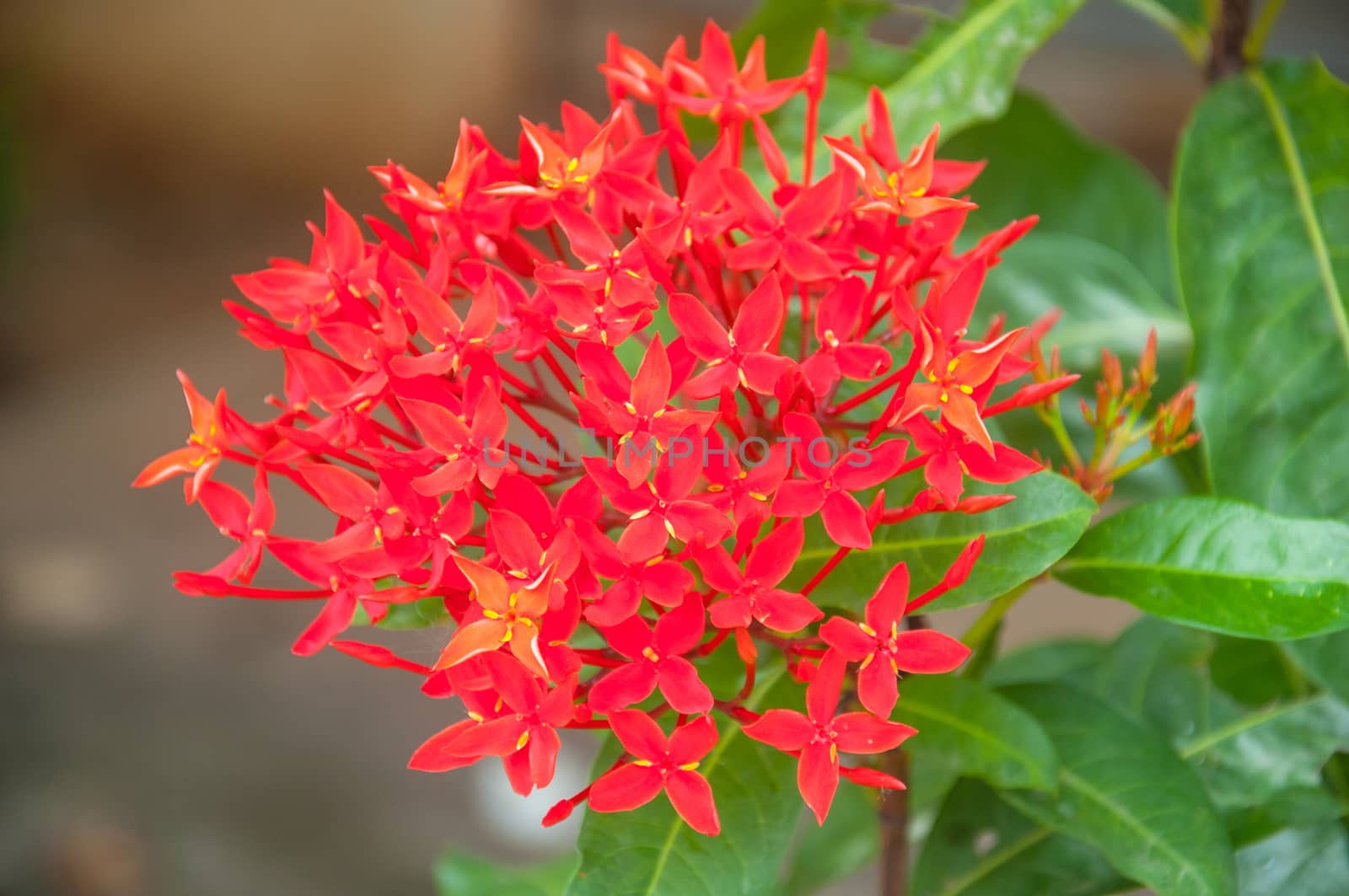
Ixora coccinea
Stock PhotoUsername
Custo609Resolution
4288x2848pxIxora coccinea


Handmade Shoes Thai Style on white background
Stock PhotoUsername
Custo609Resolution
4724x7113pxHandmade Shoes Thai Style on white background

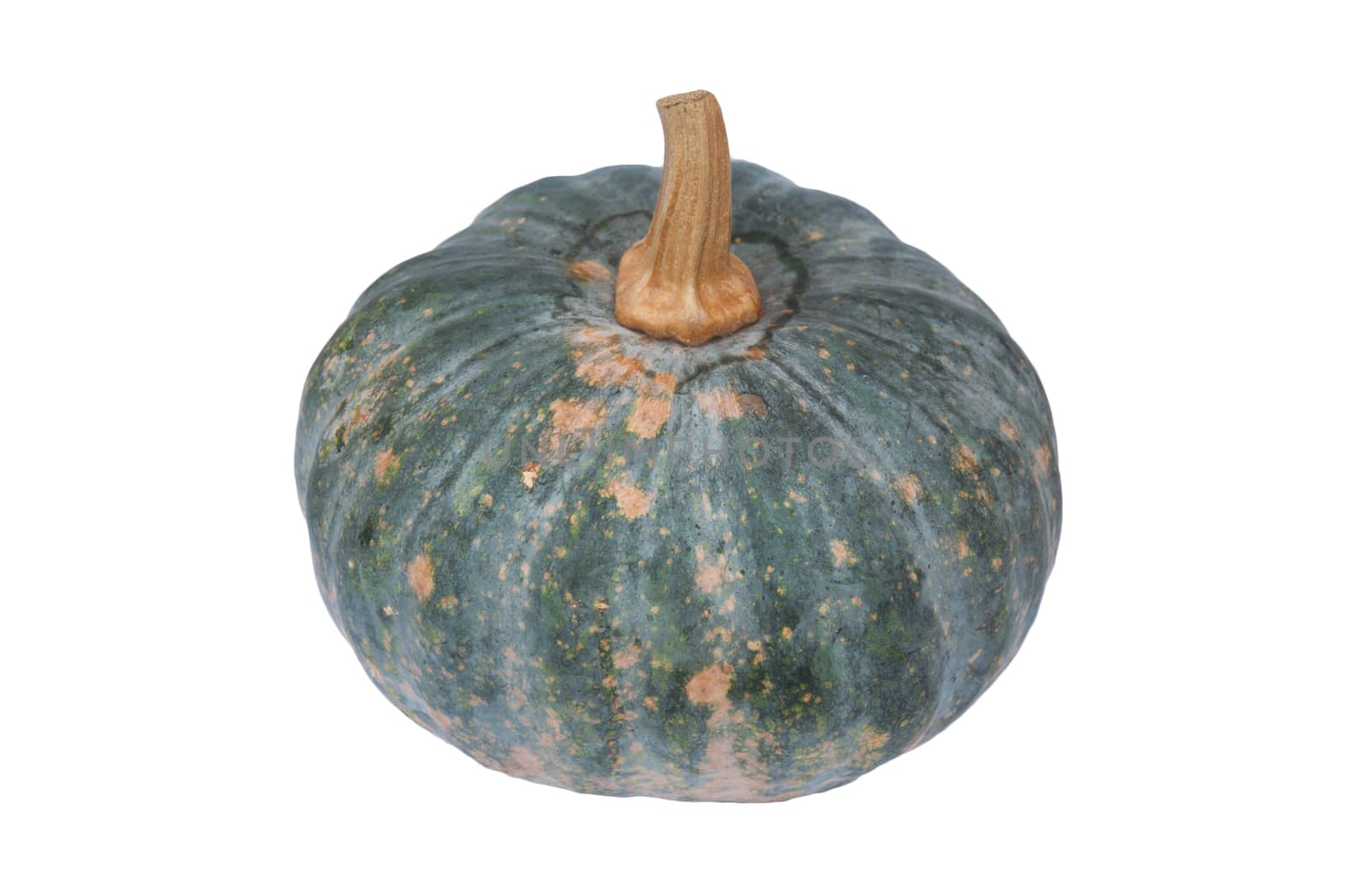
Pumpkin isolated on white
Stock PhotoUsername
Custo609Resolution
8933x5933pxPumpkin isolated on white


Old buddha statue in temple phayao ,Thailand
Stock PhotoUsername
Custo609Resolution
2848x4288pxOld buddha statue in temple phayao ,Thailand
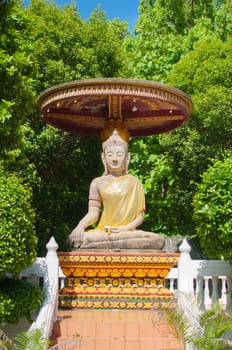
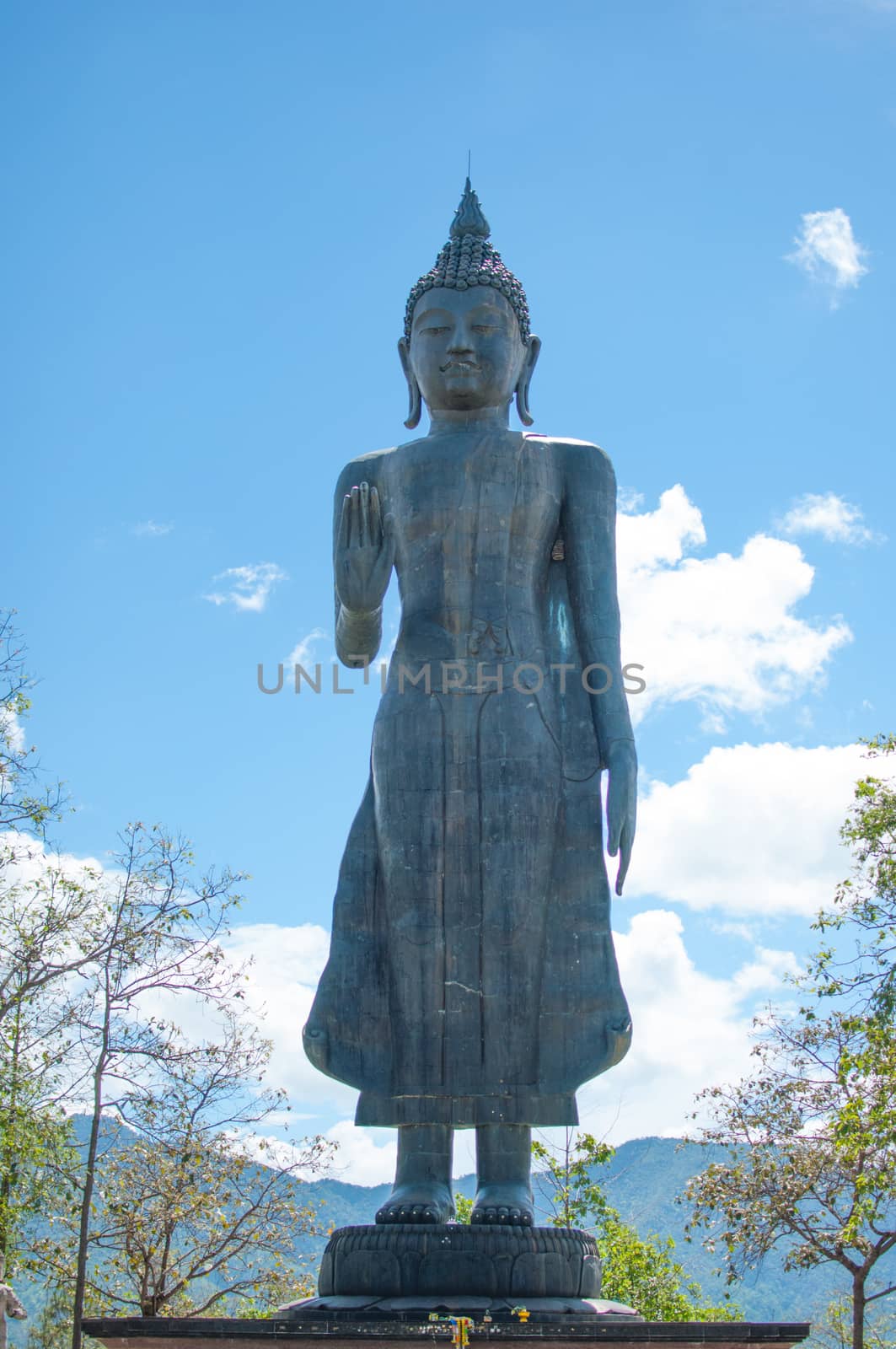
Buddha Lee la statue in temple, Phayao Thailand
Stock PhotoUsername
Custo609Resolution
2848x4288pxBuddha Lee la statue in temple, Phayao Thailand

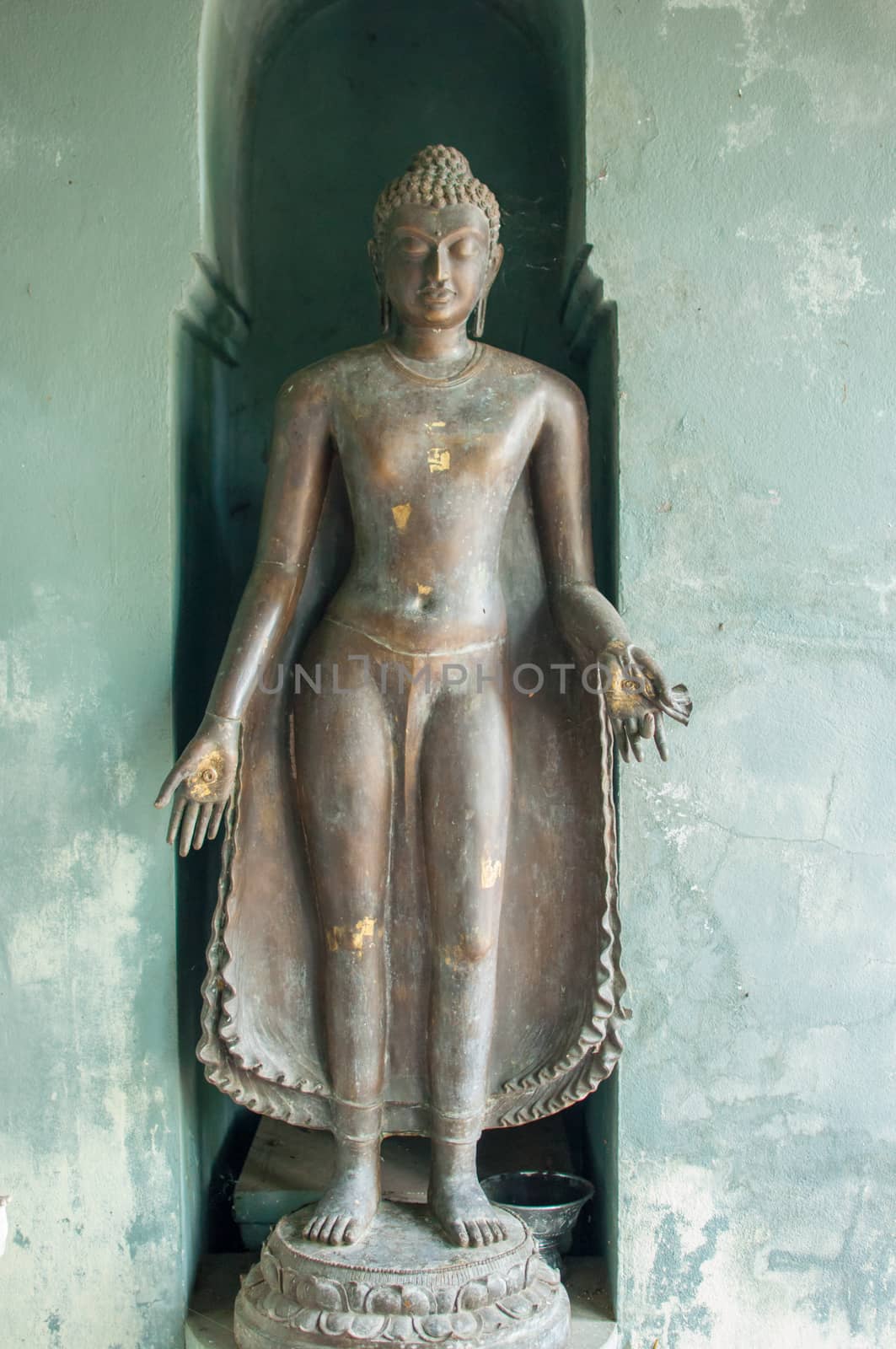
Old buddha statue in temple phayao ,Thailand
Stock PhotoUsername
Custo609Resolution
2848x4288pxOld buddha statue in temple phayao ,Thailand


Old buddha statue in temple phayao ,Thailand
Stock PhotoUsername
Custo609Resolution
4288x2848pxOld buddha statue in temple phayao ,Thailand
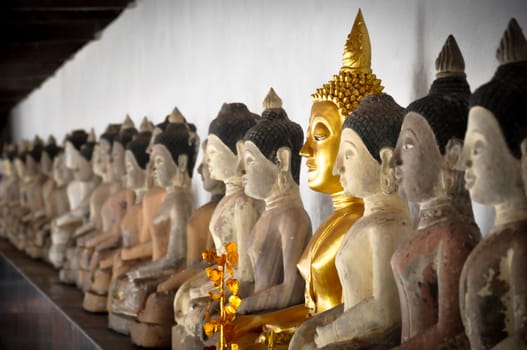
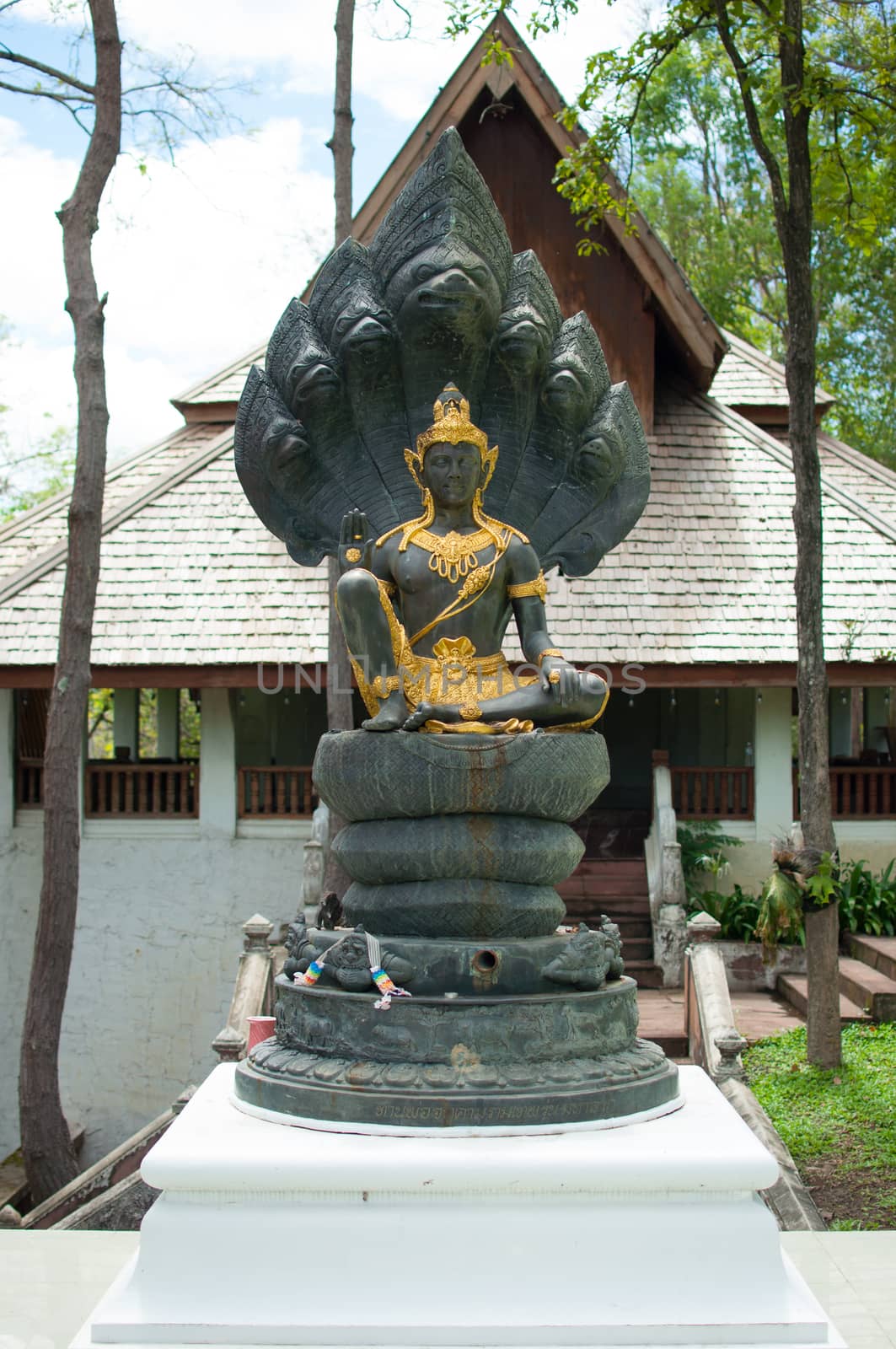
Jatuakarmramathep
Stock PhotoUsername
Custo609Resolution
2848x4288pxJatuakarmramathep


Golden Buddha Thailand
Stock PhotoUsername
Custo609Resolution
2673x4287pxGolden Buddha Thailand
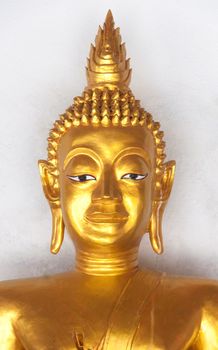
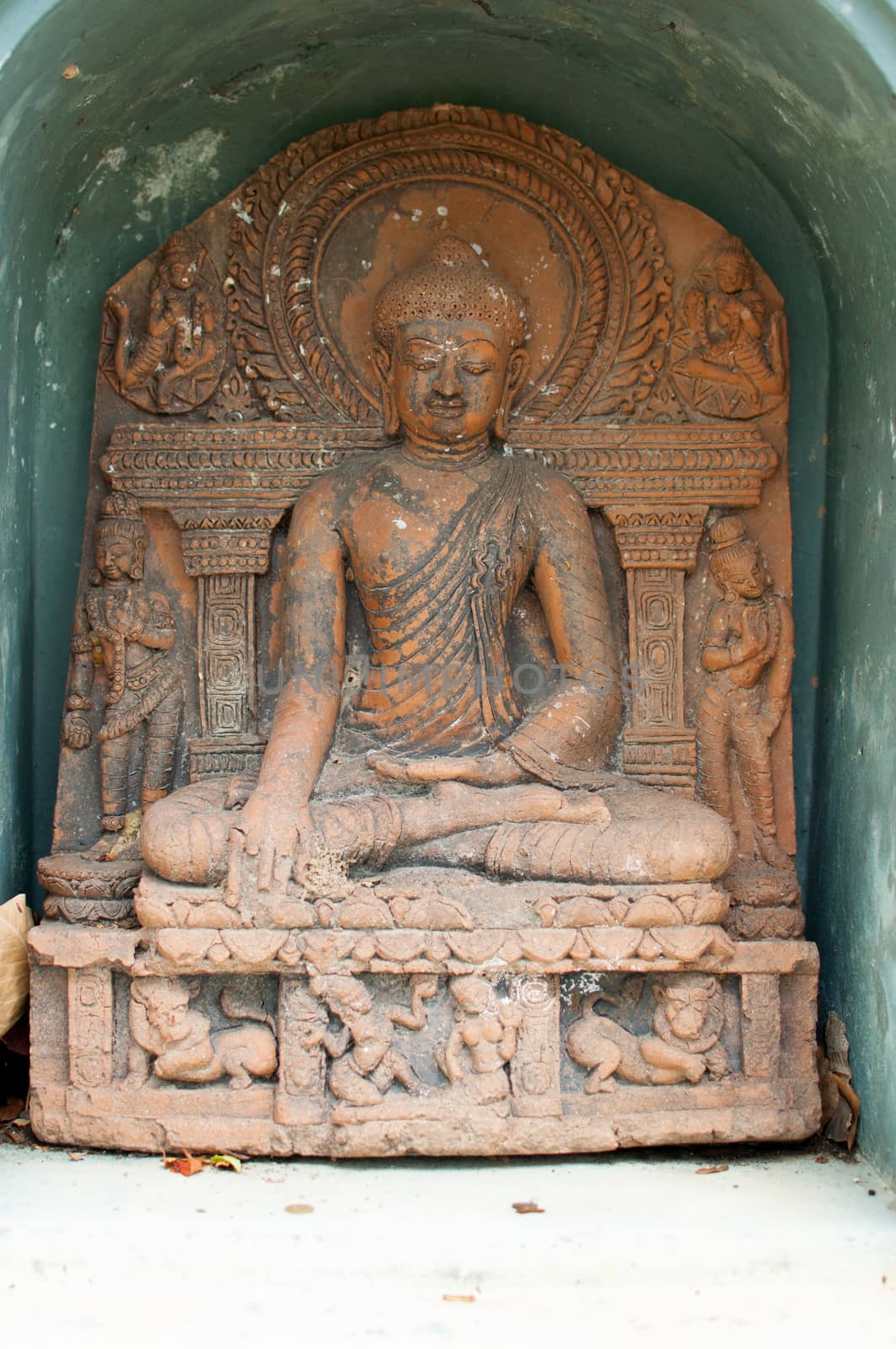
Old buddha statue in temple phayao ,Thailand
Stock PhotoUsername
Custo609Resolution
2848x4288pxOld buddha statue in temple phayao ,Thailand

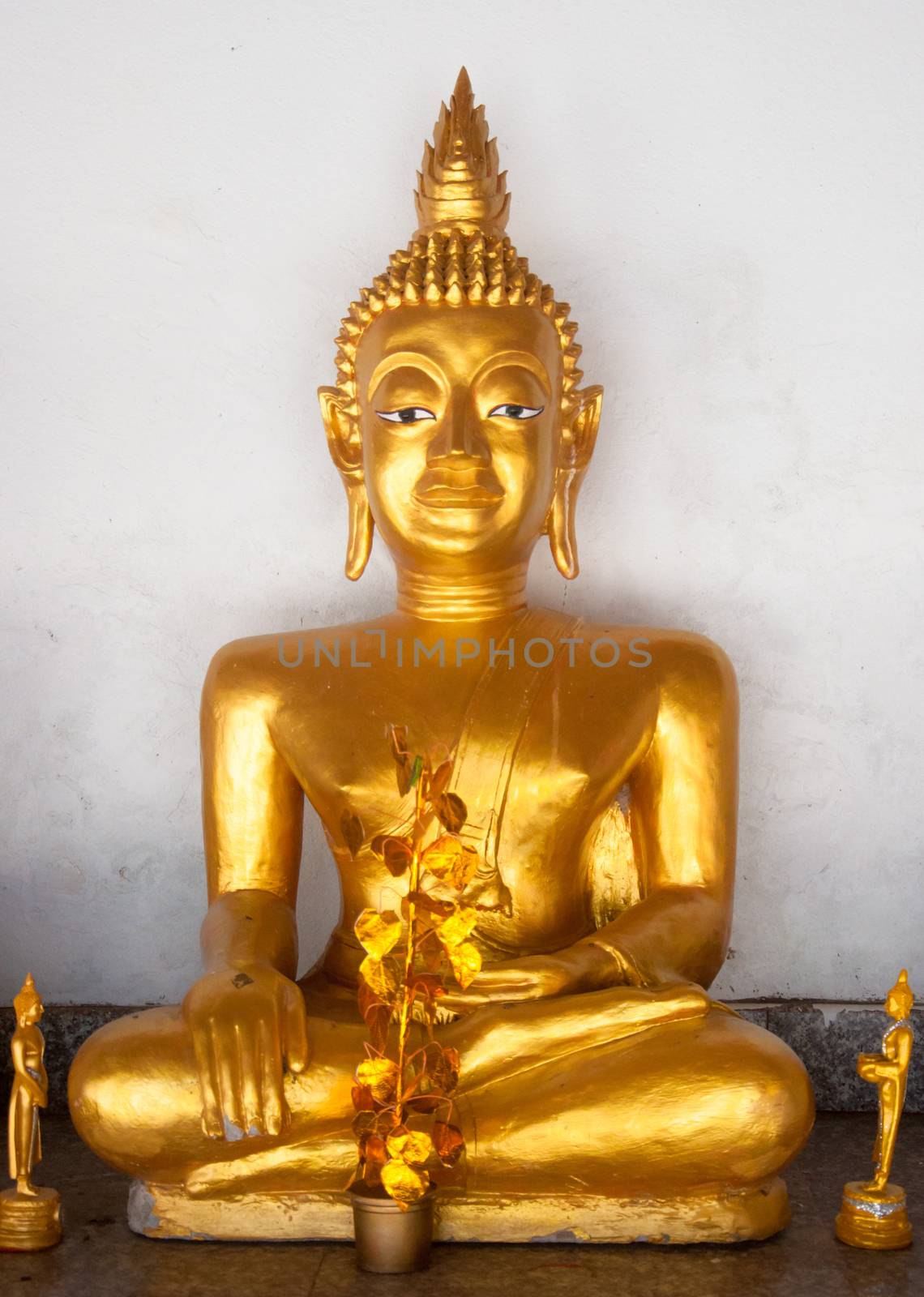
Golden Buddha Thailand
Stock PhotoUsername
Custo609Resolution
2734x3836pxGolden Buddha Thailand


Papaya salad with vermicelli and salted crab
Stock PhotoUsername
Custo609Resolution
4288x2848pxPapaya salad with vermicelli and salted crab
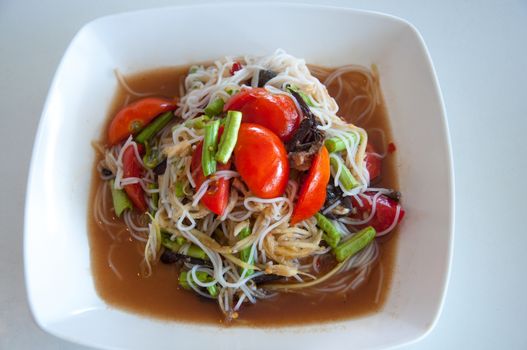

Papaya salad with vermicelli and salted crab
Stock PhotoUsername
Custo609Resolution
4288x2848pxPapaya salad with vermicelli and salted crab

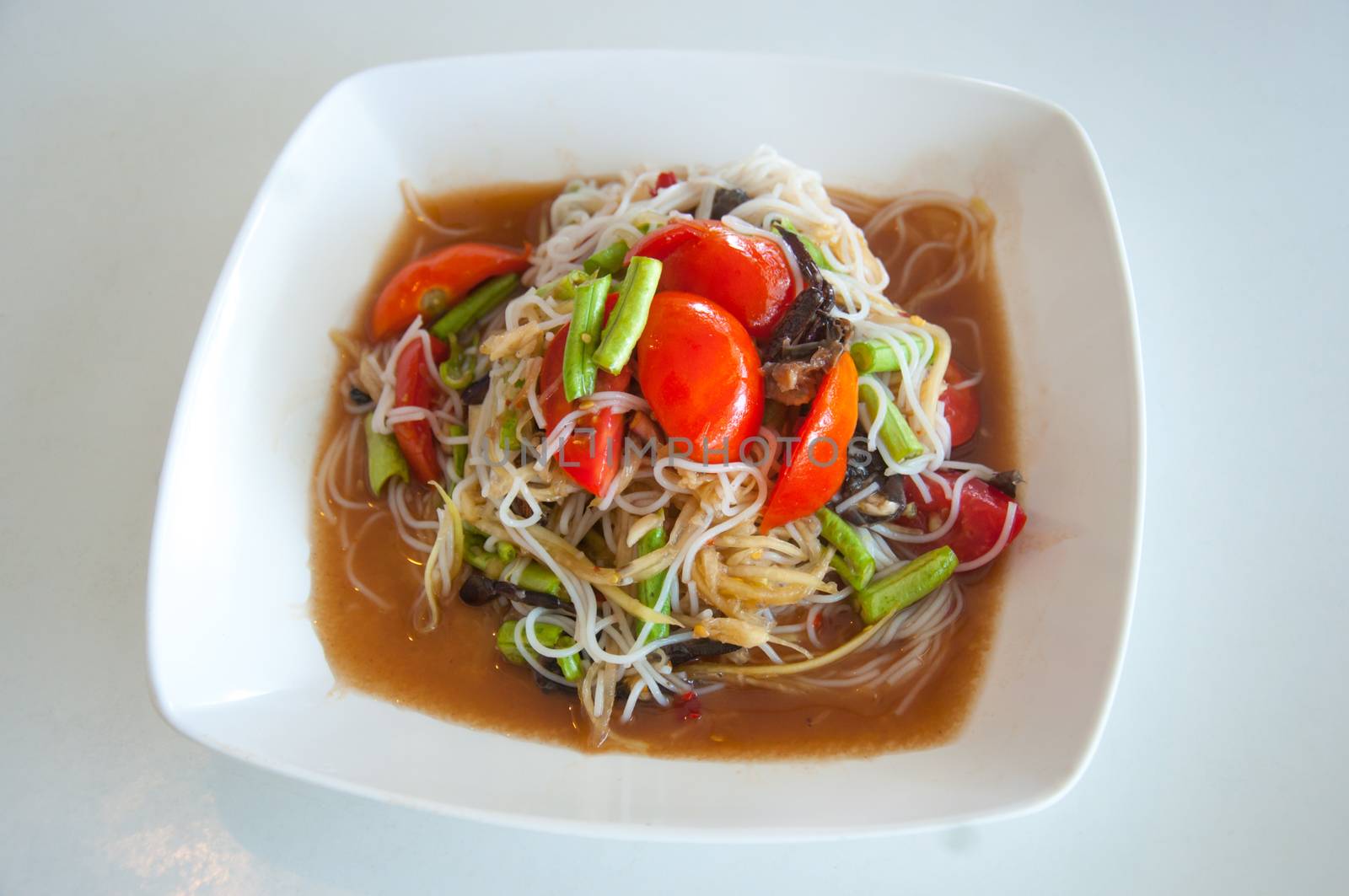
Papaya salad with vermicelli and salted crab
Stock PhotoUsername
Custo609Resolution
4288x2848pxPapaya salad with vermicelli and salted crab

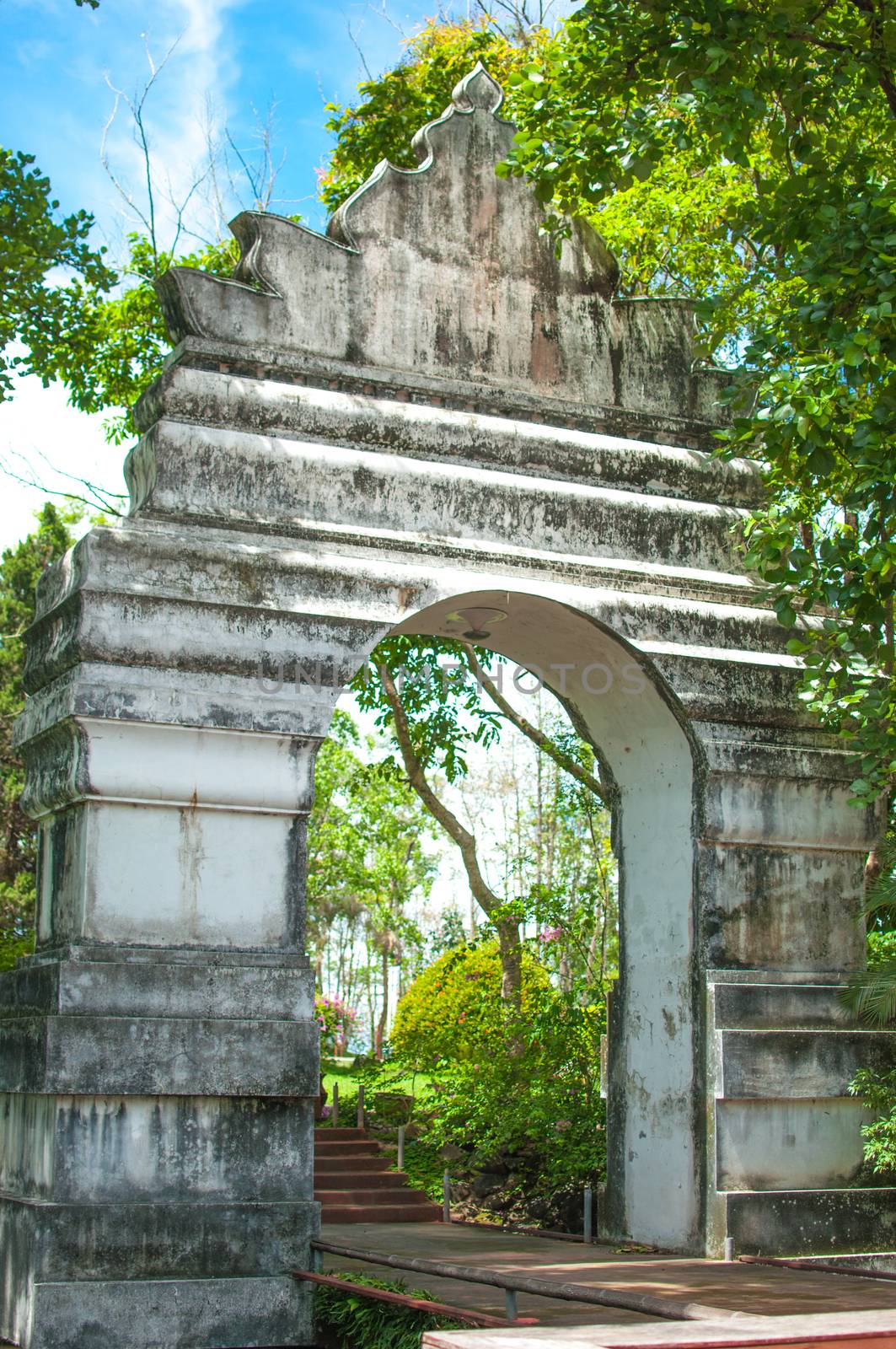
Old White Arch in the temple,Phayao thailand
Stock PhotoUsername
Custo609Resolution
2848x4288pxOld White Arch in the temple,Phayao thailand


Flower garden plenty of flowers rounded by trees at sunset
Stock PhotoUsername
Custo609Resolution
4288x2848pxFlower garden plenty of flowers rounded by trees at sunset


Pink Lily flower
Stock PhotoUsername
Custo609Resolution
4288x2848pxPink Lily flower


Streetlight with blue sky.
Stock PhotoUsername
Custo609Resolution
4288x2455pxStreetlight with blue sky.


Streetlight with blue sky.
Stock PhotoUsername
Custo609Resolution
2848x4288pxStreetlight with blue sky.


Lamp Post Street.Thai art
Stock PhotoUsername
Custo609Resolution
4288x2848pxLamp Post Street.Thai art

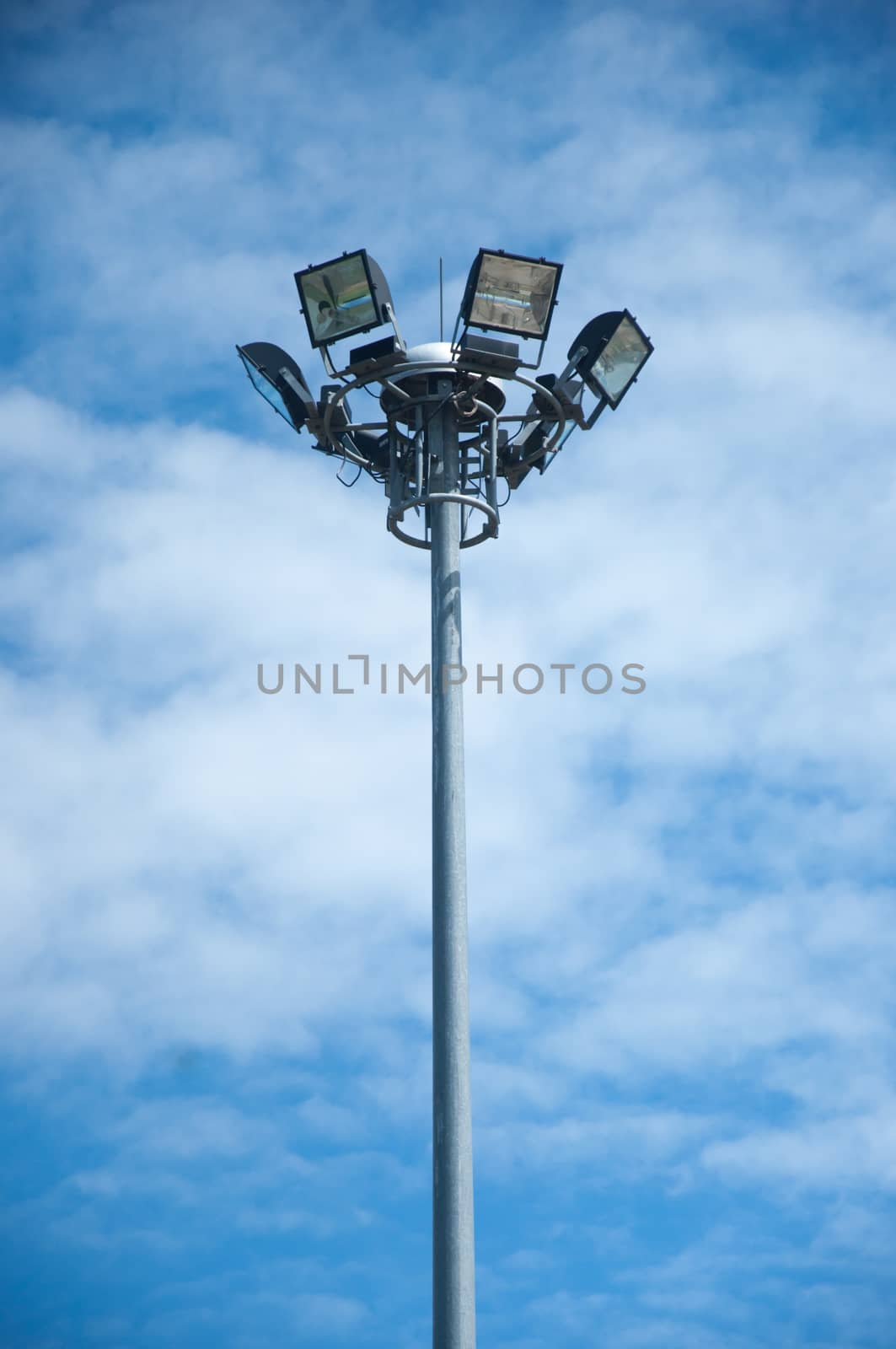
Streetlight with blue sky.
Stock PhotoUsername
Custo609Resolution
2848x4288pxStreetlight with blue sky.


Streetlight with blue sky.
Stock PhotoUsername
Custo609Resolution
4288x2848pxStreetlight with blue sky.

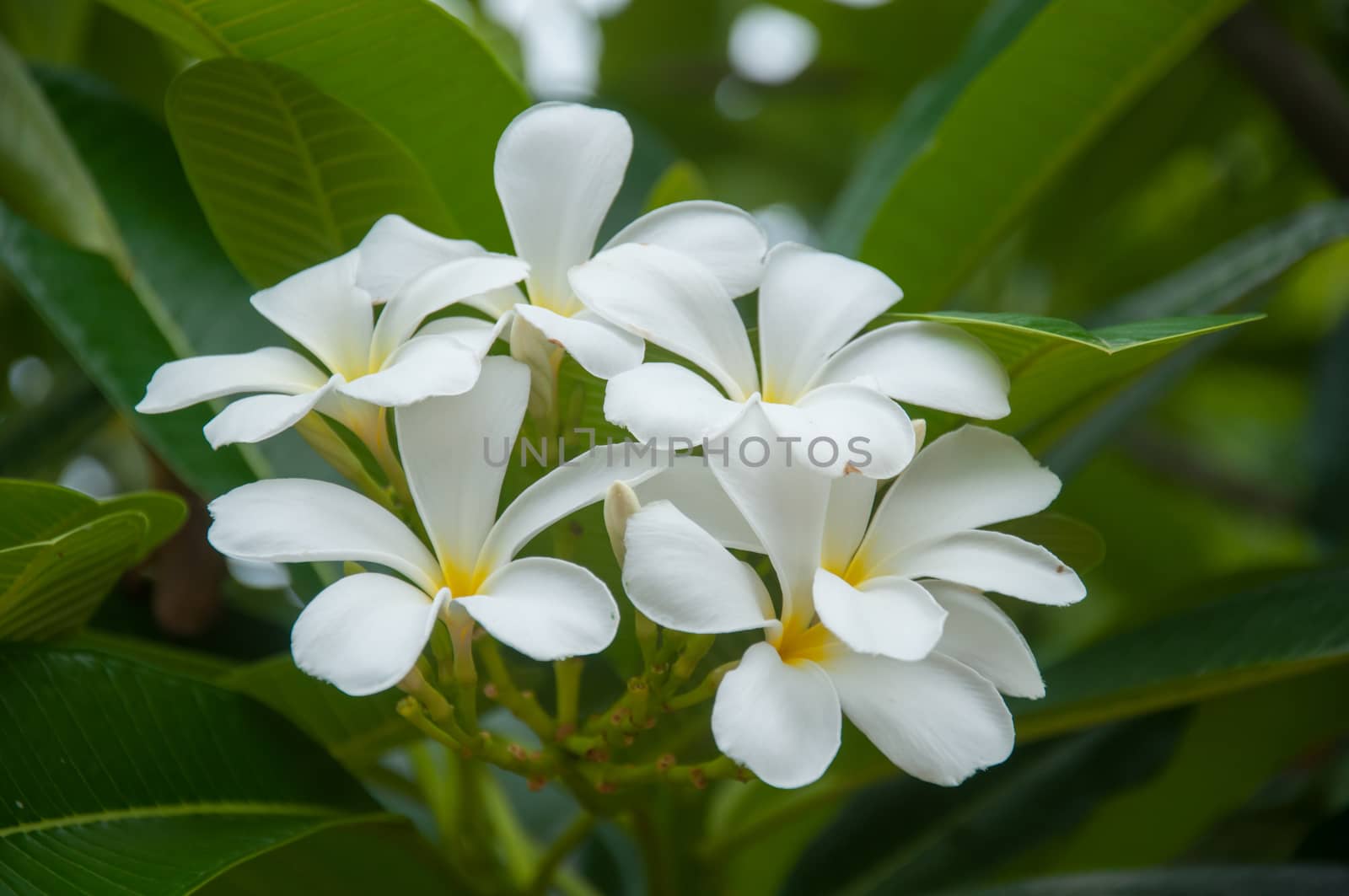
Plumeria flower
Stock PhotoUsername
Custo609Resolution
4288x2848pxPlumeria flower


Plumeria flower with blue sky
Stock PhotoUsername
Custo609Resolution
4288x2848pxPlumeria flower with blue sky
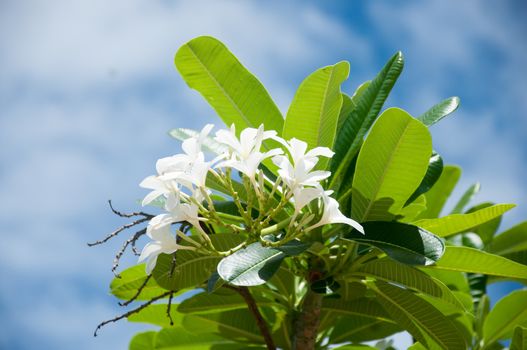
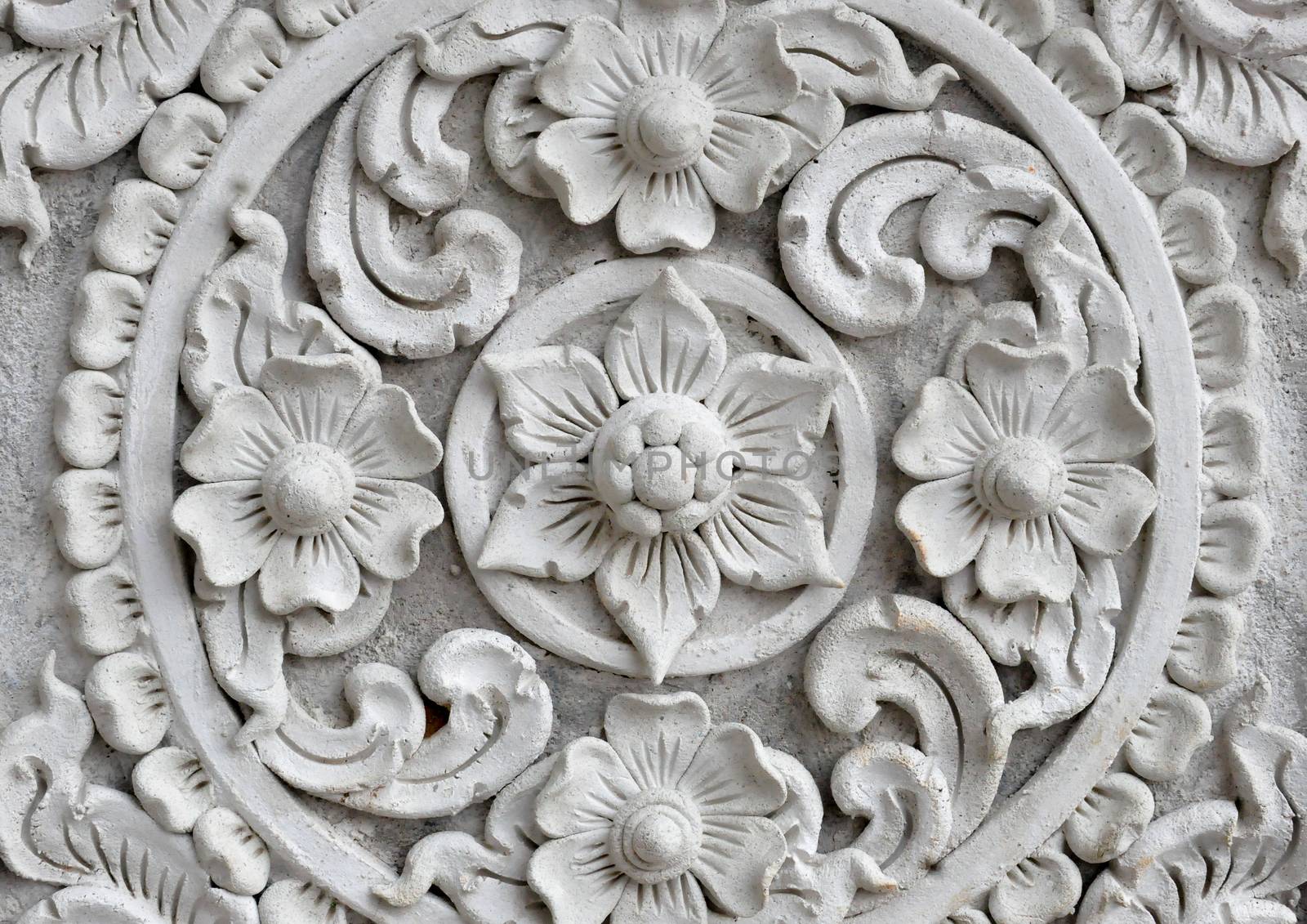
White thai art stucco wall,Thai temple
Stock PhotoUsername
Custo609Resolution
3993x2823pxWhite thai art stucco wall,Thai temple


White thai art stucco wall,Thai temple
Stock PhotoUsername
Custo609Resolution
2606x3924pxWhite thai art stucco wall,Thai temple


Sunset time Panorama at Kwan Phayao lake, Phayao province, Thailand
Stock PhotoUsername
Custo609Resolution
11247x2426pxSunset time Panorama at Kwan Phayao lake, Phayao province, Thailand


Kwan Phayao,Phayao lake, locate at Phayao province, Northern Thailand.
Stock PhotoUsername
Custo609Resolution
4288x2848pxKwan Phayao,Phayao lake, locate at Phayao province, Northern Thailand.


Egg Noodle in Chicken Curry (Kao Soi Kai )
Stock PhotoUsername
Custo609Resolution
4288x2848pxEgg Noodle in Chicken Curry (Kao Soi Kai )


Egg Noodle in Chicken Curry (Kao Soi Kai )
Stock PhotoUsername
Custo609Resolution
4288x2848pxEgg Noodle in Chicken Curry (Kao Soi Kai )


Egg Noodle in Chicken Curry (Kao Soi Kai )
Stock PhotoUsername
Custo609Resolution
4288x2848pxEgg Noodle in Chicken Curry (Kao Soi Kai )


Egg Noodle in Chicken Curry (Kao Soi Kai )
Stock PhotoUsername
Custo609Resolution
4123x2848pxEgg Noodle in Chicken Curry (Kao Soi Kai )


Stupa in Bodh Gaya in temple phayao,Thailand
Stock PhotoUsername
Custo609Resolution
2848x4288pxStupa in Bodh Gaya in temple phayao,Thailand


Buddhist stupa or Chedi in temple phayao,Thailand
Stock PhotoUsername
Custo609Resolution
2848x4288pxBuddhist stupa or Chedi in temple phayao,Thailand
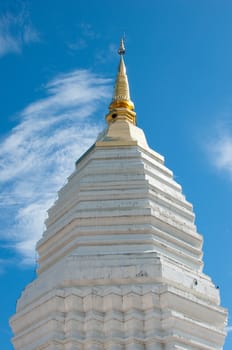

The GuanYin buddha statue on white background
Stock PhotoUsername
Custo609Resolution
4746x7148pxThe GuanYin buddha statue on white background


Gold Arch in the temple,Phayao Thailand
Stock PhotoUsername
Custo609Resolution
2848x4288pxGold Arch in the temple,Phayao Thailand
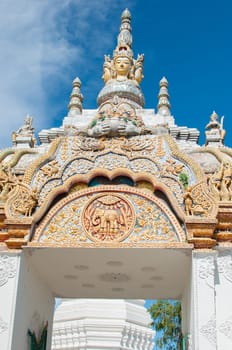

Mixed Cooked Rice With Shrimp Paste,Thai Food
Stock PhotoUsername
Custo609Resolution
4288x2848pxMixed Cooked Rice With Shrimp Paste,Thai Food


Chicken noodle with bitter gourd
Stock PhotoUsername
Custo609Resolution
4185x2848pxChicken noodle with bitter gourd


Coconut tree on blue sky background
Stock PhotoUsername
Custo609Resolution
2848x4288pxCoconut tree on blue sky background


Paper Lanterns In Northen Temple ,Thailand
Stock PhotoUsername
Custo609Resolution
4288x2848pxPaper Lanterns In Northen Temple ,Thailand


Paper Lanterns In Northen Temple ,Thailand
Stock PhotoUsername
Custo609Resolution
2848x4288pxPaper Lanterns In Northen Temple ,Thailand
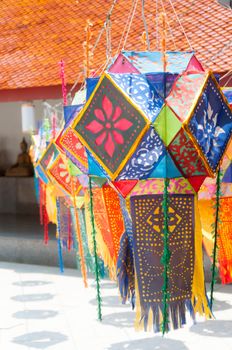

Blue sky with clouds
Stock PhotoUsername
Custo609Resolution
4288x2848pxBlue sky with clouds


Blue sky with clouds
Stock PhotoUsername
Custo609Resolution
4288x2848pxBlue sky with clouds

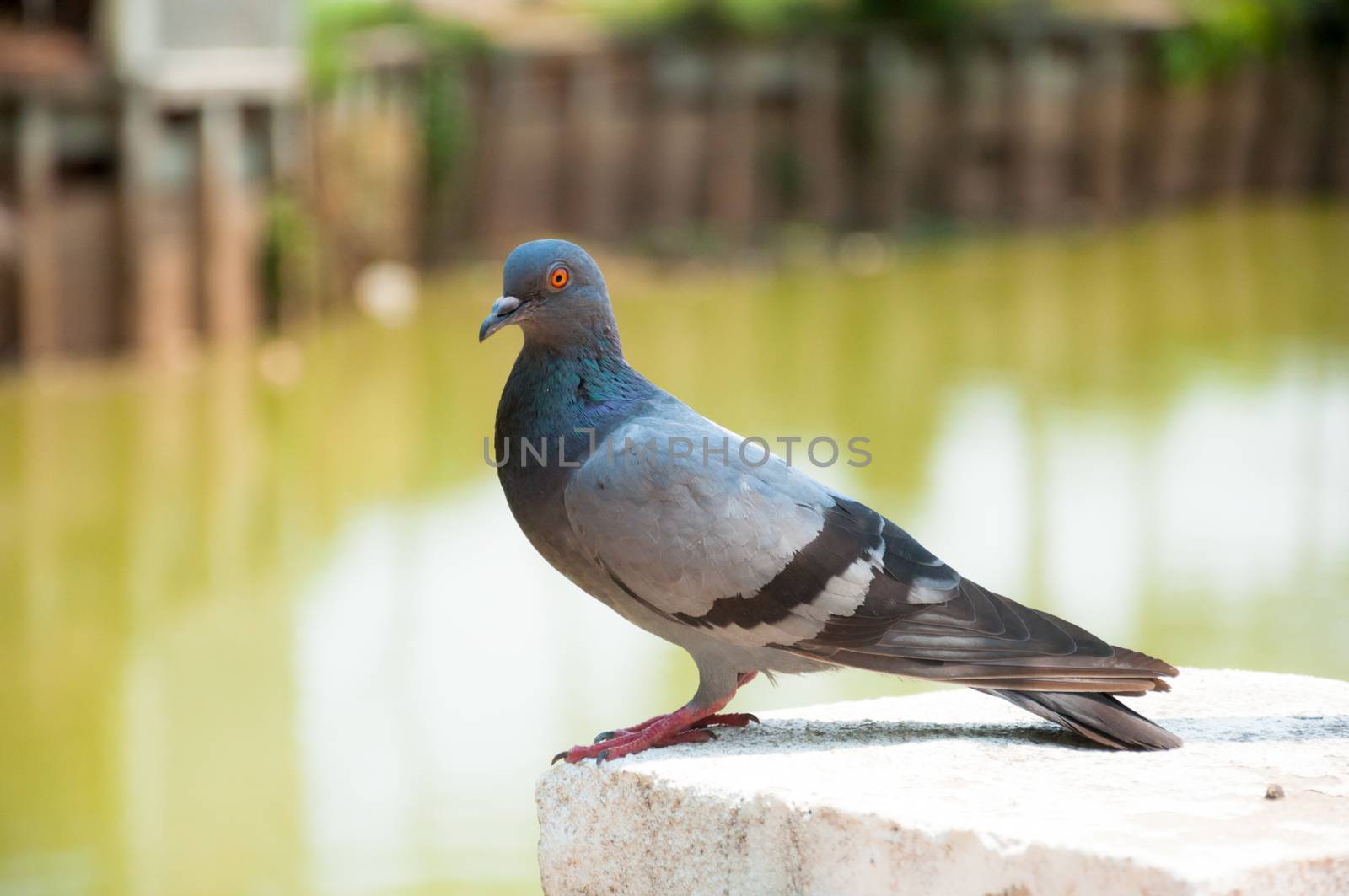
Dove
Stock PhotoUsername
Custo609Resolution
4288x2848pxDove

